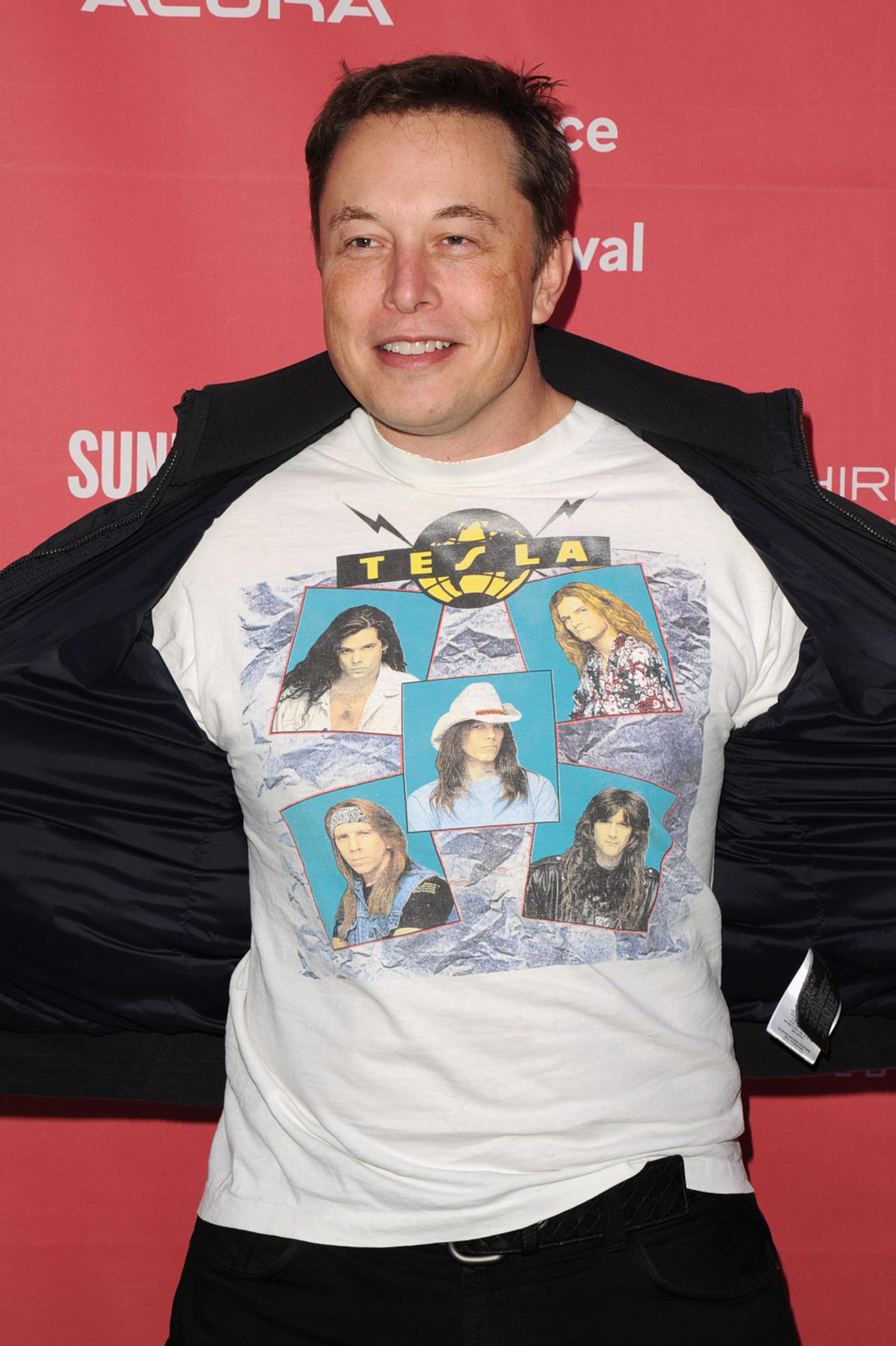Every Elon Musk project right now
He wants to end traffic gridlock, send people to Mars and bring solar energy to everybody. And he's got the cash to do it.

5-minute commutes? Colonies on Mars? AI that won't kill us? Hey, thanks, Elon!
You probably know Elon Musk as the guy who makes Tesla electric cars or maybe as the billionaire who dreams of launching a Mars colony.
But his projects don't end there. Hate traffic gridlock? Do you fear that Skynet will turn us all into human batteries? Fret not. Musk wants to tackle alllllll of it.
Flamethrowers
Musk's Boring Company, founded in late 2016, generated excitement when it launched a line of branded flamethrowers on Musk's Instagram. The digging company sold 15,000 flamethrowers in just a few days, netting $7.5 million.
Why? Probably because they can, at least for now. In January 2017, California state lawmakers were mulling a bill to block the sale of flamethrowers and large blowtorches in the state.
Car elevators
The Boring Co. also wants to turn 2D traffic jams into 3D, underground road networks. His plan? Bore tunnels under the Earth, and then use elevators to whisk cars below the street and into high-speed tunnels.
Getting cars off the street
Musk successfully tested this car elevator in June outside SpaceX headquarters in Hawthorne, California.
Underground people transporters
Musk also hopes that Boring Co. tunnels will transport people in giant, electric, underground sleds like these.
Godot is here
This is Godot, the name of the Boring Co. tunneling machine. Musk has said its first Boring Co. tunnel route will be in Los Angeles, shortening a 45-minute car trip into a five-minute underground tunnel jaunt.
Snail of the future
Meet Gary, the snail living at the Boring Co. He's more than a pet, though; he's inspiration. One of Musk's goals is making Godot faster than a snail.
"Gary (the snail) is a speed demon," Musk tweeted in June. "Long way to go before we beat him/her."
Hyperloop: For long hauls
What if you want to go from Los Angeles to San Francisco in a tunnel? Enter Musk's Hyperloop project, which would use tubes like this one, displayed near Las Vegas in 2016.
Only 3 years away?
Musk is already testing the Hyperloop concept with sleds like this one. He plans to create a fully operational system by 2020.
To Mars and beyond
Of course we can't ignore SpaceX, the company Musk founded in 2002 to make space travel cheaper and, eventually, enable human life on Mars.
To that end, SpaceX in 2016 tested its Falcon 9 rocket. Here, it makes its first successful upright landing on the "Of Course I Still Love You" drone ship.
Is this life on Mars?
This conceptual art illustrates a possible version of Musk's planned Interplanetary Transport System, his privately funded Martian transport and colonization tech project.
Mars or bust
Musk's timetable for sending us to Mars? SpaceX has said it wants to launch its Mars-bound cargo flight no earlier than 2022, followed by the first Mars flight with passengers in 2024.
Moon tourism
SpaceX's Falcon and Dragon rocket programs both already deliver payloads into Earth's orbit.
But there's also tourism in the offing; in 2017, Elon Musk said that two people had hired SpaceX to take them around the moon in a Dragon spacecraft in 2018 -- potentially the first piece of lunar tourism.
More Teslas ahead
Of course, Musk's Tesla electric car company just keeps on chugging along, too. The latest design, the Model 3, recently got the Minecraft treatment, courtesy of the studio Block.
Really big Teslas are coming
The Tesla Semi, an all-electric big rig truck announced by Musk in 2016, is expected to be unveiled in September. Musk has said it will use "a bunch" of Model 3 electric motors.
Brains talking directly to computers
This isn't a photo of Elon Musk's newest experiment, but it's close. In March, the world learned about Neuralink, a new Musk venture reportedly trying to create brain-computer interfaces, kind of like the one shown here... but implanted in the body.
Treating serious brain diseases
In the short term, Musk reportedly wants Neuralink to make tech that can treat serious brain diseases. But eventually, the goal is simpler: human enhancement.
Roofs made entirely of solar tiles
Yep, that's a thing, and they're coming, if Musk has his way. Musk merged renewable energy company SolarCity with Tesla in 2016, and the tech is, with luck, the next step in that evolution.
They're shatter-resistant, too
Musk's company started taking preorders for the roofs in May.
Electric batteries for everybody
Musk also wants everybody to have electric batteries powering their homes. This is a Powerwall, a home battery unit introduced in 2015.
And, like any good smart home device, the Powerwall can be controlled via your phone, from anywhere.
And even electric batteries for your business
For businesses, Musk has a very large utility pack called Powerpack.
Electricity for everybody!
In 2015, Musk unveiled the home battery named Powerwall with a selling price of $3,500 for 10kWh and $3,000 for 7kWh. As for those roofs, the price could be very high -- like, $50,000 high -- or perhaps only $10,000, depending on rebates and energy bill savings.
OpenAI: Teaching bots to think
Finally, we can't ignore OpenAI, a Musk non-profit in San Francisco. The goal: Develop AI that's friendly and will help mankind. Here's a screen grab from a video showing OpenAI technology teaching a complex virtual bot how to walk.